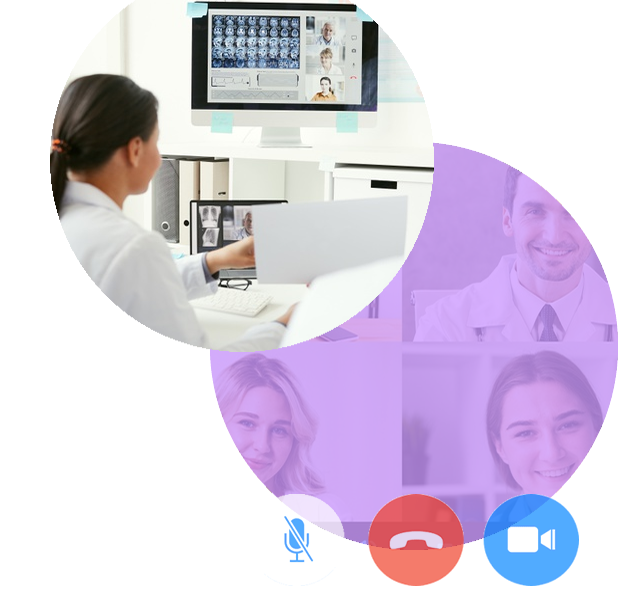Benefits of Remote Patient Monitoring
Remote Patient Monitoring (RPM) is a rapidly growing area in healthcare, offering significant benefits:
- Improved Chronic Disease Management
- Continuous Monitoring: RPM enables real-time tracking of vital signs, essential for managing chronic conditions like diabetes and hypertension.
- Reduced Complications: Early detection of complications helps prevent hospitalizations.
- Enhanced Patient Engagement and Empowerment
- Patient Involvement: Patients have access to their health data, encouraging active participation in their health management.
- Education: Regular feedback helps patients make informed health decisions.
- Reduced Hospitalizations and ER Visits
- Proactive Care: RPM allows healthcare providers to address health issues before they escalate, reducing overall care costs.
- Increased Access to Care
- Geographical Flexibility: Patients in remote areas can receive quality care without frequent travel, benefiting those with mobility challenges.
- Better Data for Informed Decisions
- Data-Driven Insights: RPM provides valuable data for identifying trends and customizing treatment plans.
- Improved Healthcare Efficiency
- Streamlined Workflow: RPM automates data collection, allowing providers to focus more on direct patient care.
- Patient Satisfaction and Comfort
- Comfort of Home: Monitoring at home reduces anxiety associated with hospital visits, leading to better adherence to treatment.
- Support for Caregivers
- Peace of Mind: Continuous monitoring reassures caregivers that their loved ones are being watched over.
Conclusion Remote Patient Monitoring enhances patient outcomes, improves healthcare delivery efficiency, and reduces costs. By leveraging technology to monitor health metrics remotely, RPM transforms healthcare into a more proactive, personalized, and accessible system.
At Carepoi, we are committed to integrating Remote Patient Monitoring into our services, providing our patients with the tools they need for effective health management. With Carepoi, you can enjoy the benefits of RPM while receiving high-quality care tailored to your individual needs.



